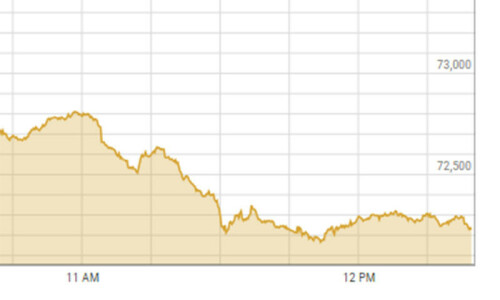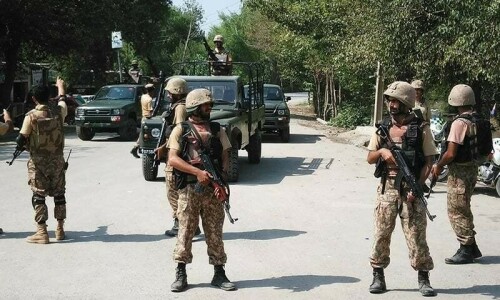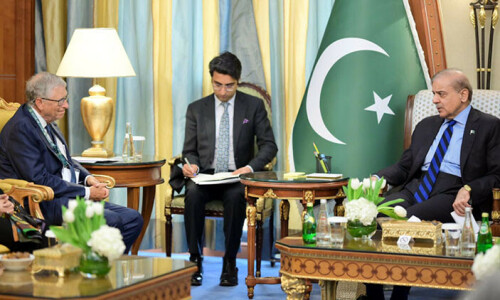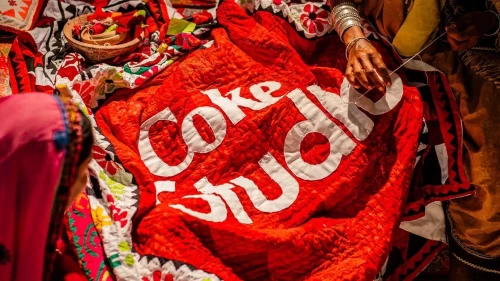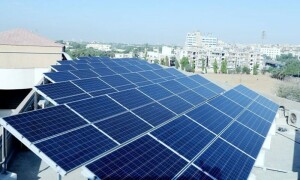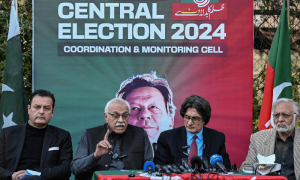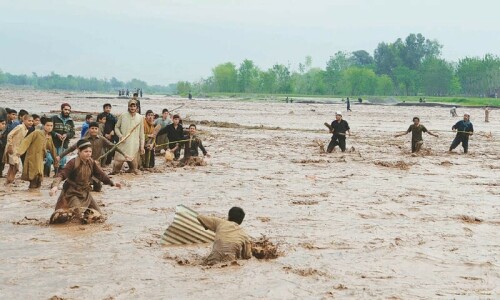TWO numbers released on Friday told the story of the straight and narrow path this government has to walk. The first was reported in the finance ministry’s debt policy statement submitted to parliament, which said the country’s overall debt had increased by 40pc in the previous fiscal year, rising by Rs11.6tr from June 2018 till September 2019. This is a massive increase and one is hard-pressed to find a precedent for such a steep rise. The second figure was released by the Federal Board of Revenue, which showed the overall revenue collection to have fallen short of its target by more than Rs100bn in the month of January, taking the overall shortfall in the tax collection target to Rs387bn. This shortfall now needs to be made up in the remaining five months of the fiscal year, or else the level of indebtedness will rise further. High debt contributes to the fiscal imbalance because it increases the cost of debt servicing, which is the single largest expenditure head in the government’s fiscal account. This necessitates further revenue measures. The vicious cycle can only be broken if revenues rise and debt levels fall, but for now it seems that we are moving in the opposite direction.
Nor do the figures show signs of abatement, despite the government’s claim that it has stabilised the economy by narrowing the key deficits that plagued it from 2016 onwards. In domestic debt, for example, the government accumulated an additional Rs4.3tr the last fiscal year, but in the period from July to September, it accumulated an additional Rs2tr. This shows an acceleration of the trend rather than its abatement, though in external debt accumulation the rising trend of the last fiscal year does seem to have stopped by September. From that month on, though, the foreign inflows into short-term government debt securities began their climb to reach $2.9bn by January 2020, so the next such report might show acceleration on the external side as well.
A closer look shows the government is concentrating on building up cash buffers, held as government deposits with the banking system, which show a sharp increase of Rs1.75tr, or more than 55pc, in the period from July to September. Aside from these, though, the fiscal indicators show no improvement in real terms, since revenue collection continues to register an increase of 16pc from the corresponding period the previous year, which is roughly equal to the inflation and GDP growth rate. In real terms, this is no increase, which leads to higher levels of debt accumulation. The time has come to end the spin. The economic situation may have stabilised in the sense that reserves and buffers have been built, but the situation remains perilous and the government continues to drift for lack of policy direction. The results are there in the numbers.
Published in Dawn, February 3rd, 2020
















